



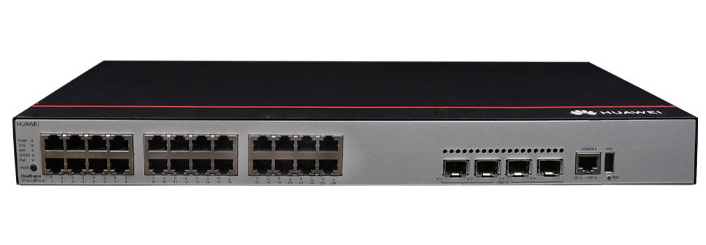

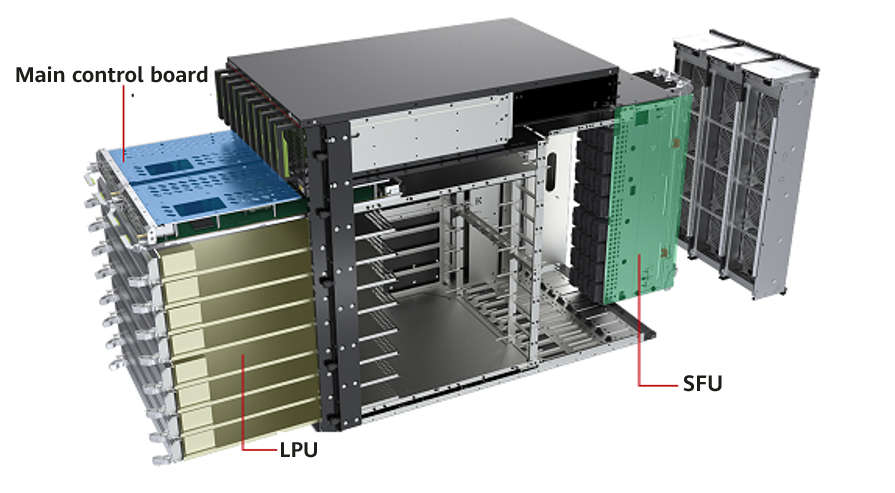



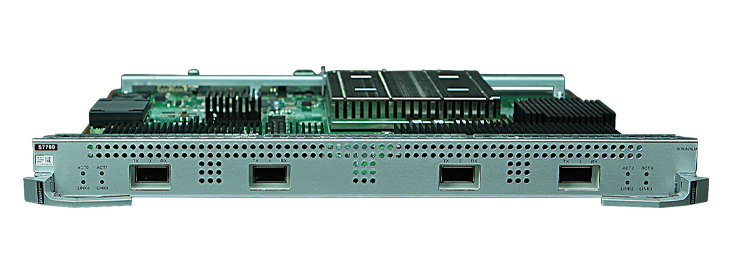




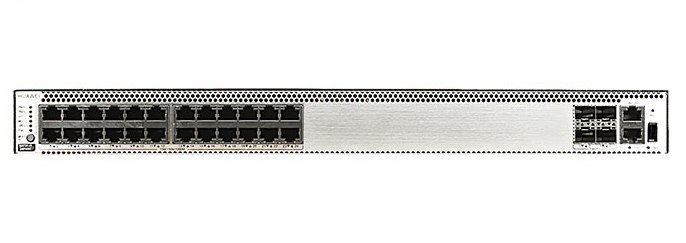
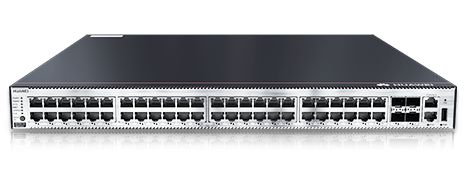
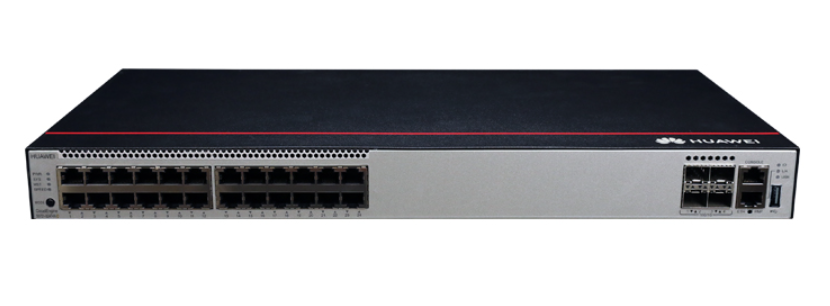




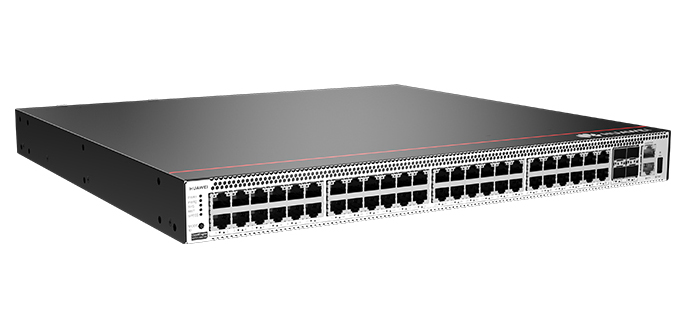
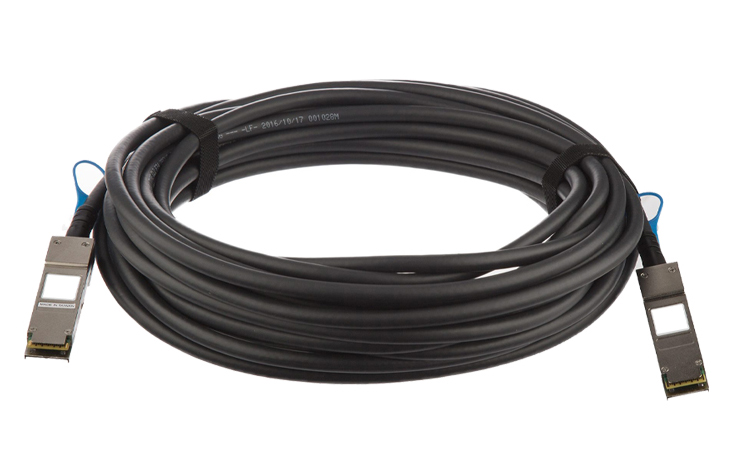




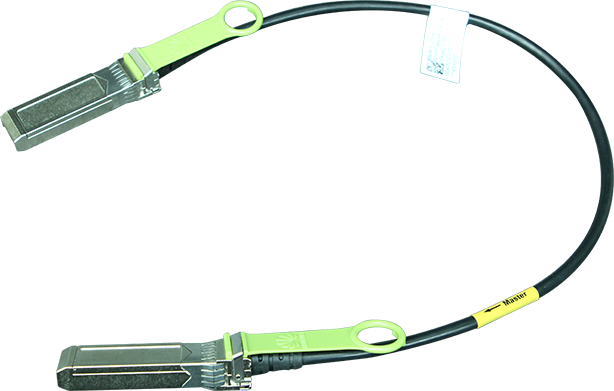
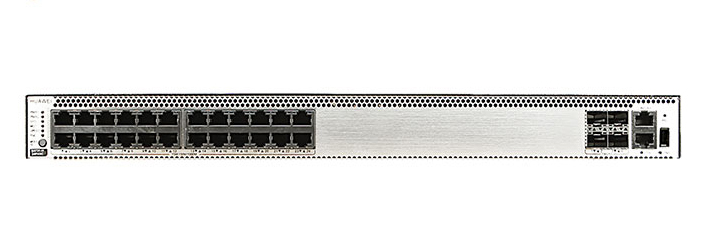



Every so often, I run into a piece of software that, even at first glance, I realize is truly special -- and that's the situation with the terminal app Warp. You might not think a terminal application would be all that special. After all, a terminal window is just meant for running commands, right?
Also: This is the most helpful new Linux tool I've tried in years - here's why and how I use it
If you're stuck in the past, sure. But that view of the past is fading faster into the rearview mirror, and the future is racing toward us at light speed. Or, even better, warp speed.
When I first discovered Warp, I was almost overwhelmed. I'd been using the Linux terminal since the late 1990s and knew it like the back of my hand. I was certain there were few tricks left up its sleeve.
Also: How to use Linux without ever touching the terminal
However, the rise of artificial intelligence(AI) meant it was only a matter of time before a terminal app shipped with integrated AI. Before you dismiss AI integration because of the hyperbole associated with emerging technology, you should note that Warp's AI is geared specifically toward helping users understand the command line. And to that end, it works brilliantly.
Let's say, for example, you download a script that does X. Because this is open-source software, you can open the script and scan it for anything malicious. But what if you run into a line of code and you're not sure what it does? Let's use this line as an example:
sed -i 's/open "\${image_url}"/xdg-open "\${image_url}"/g' '/usr/local/bin/chatgpt'With Warp, if you open the built-in AI tool, highlight the text, and hit Ctrl+Shift+Space, it will paste the line. Hit Enter on your keyboard, and the AI will explain what the line does.
Every time I've tried this feature, the AI was spot-on, making Warp a handy tool for explaining the bits and pieces of commands, scripts, and even code. So, if you're new to Linux or the MacOS terminal and want to get up to speed fast, Warp is a great tool.
But Warp isn't only about AI. The app also includes a cool Notebooks section, where you can create notebooks for all purposes. For example, you could save code snippets, commands, shopping lists, book ideas, or anything you can imagine.
Also: The first 5 Linux commands every new user should learn
Another cool feature is Workflows, which provides template commands that can be saved for later and repeated usage. Workflows can be saved on your local drive or Warp Drive(more on that in a bit). When you create a new Workflow, a popup will appear where you type the name, description, command, and arguments. Once you've created the Workflow, save it, and you can then use it anytime you like.
Creating a Workflow in Warp can save you time and effort at the terminal prompt.
Workflow is impressive, especially if you run commands with arguments regularly. You will use this feature quite a bit.
The AI fun doesn't end there.
There's one killer feature that every new Linux user should take advantage of: AI command suggestions.
Also: How to generate random passwords from the Linux command line
Essentially, Warp allows you to type what it is you want to do at the terminal prompt. Say, for instance, you want to learn how to upgrade your system from the command line. You might not know the right command to use, but you certainly know how to explain what it is you want to do. So, at the Warp terminal, type something like:
I want to upgrade my distribution
You can also theme Warp so it looks cooler than your default terminal.
As soon as you type "I want," the terminal will automatically switch to the AI functionality and present you with keyboard combinations for various things. However, if you hit Enter after you type the above sentence, Warp will then analyze the statement to find out what it is you want to do and then analyze your system to see how it's done.
You'll generally get much more than you ask for from Warp.
Once Warp presents you with options, you can either click the copy button to copy the command (and then use Ctrl+Shift+V to paste it into the terminal) or you can click the >_ button to automatically add the command to the prompt. You then only need to hit Enter to run the command.
There might also be a follow-up for the command. In the case of the upgrade, I could hit Ctrl+Shift+Enter to show how to list all upgradable packages. Again, you can either copy the resulting commands to the clipboard, or you can add one to the prompt by clicking the >_ button.
Also: 5 best Linux commands for troubleshooting problems (and how I use them)
You can also ask a follow-up question, like "How do I run a full distribution upgrade?"
To exit the AI prompt, hit the Backspace key on your keyboard, and you're back to the standard AI prompt.
Warp Drive allows you to create teams and invite members to join the fun. You can invite team members via link or email and restrict teams by domain. Once you've created a team, you can add Workflows and Notebooks, all of which will be accessible by team members.
Also: The best Linux distros for beginners
I've been working with Warp for months now. It's been a long time since I've been this impressed with a terminal application. Warp is the best terminal app I've ever used, and anyone who works with Linux or MacOS commands should download and install this app immediately.
Warp can be used for free by individuals and professionals. The free account includes Warp AI with a 40-request limit per month, personal Warp Drive for Notebooks and Workflows, up to three shared Notebooks and 10 shared Workflows, free support via the public forums, modern input text editing, and all offline terminal features.
Get the morning's top stories in your inbox each day with ourTech Today newsletter.
 Tags quentes :
Tecnologia
Serviços & Software
Sistemas Operacionais
Tags quentes :
Tecnologia
Serviços & Software
Sistemas Operacionais